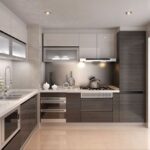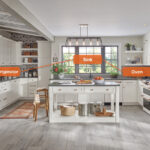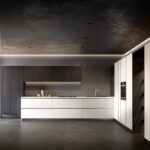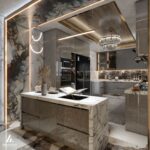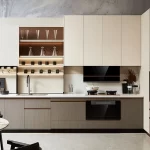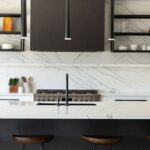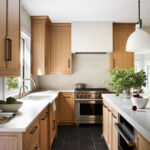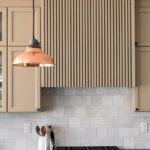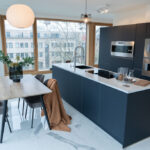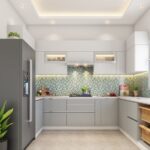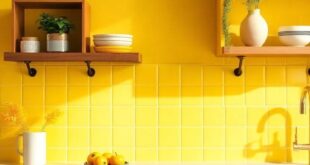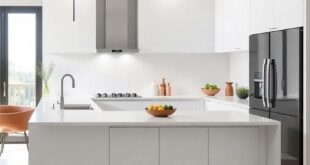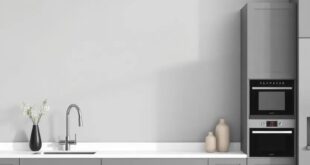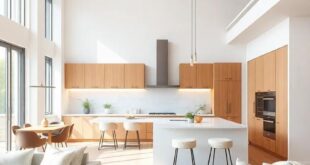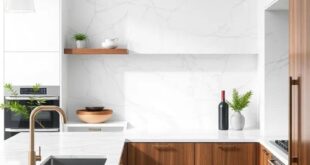When it comes to designing a kitchen, there are a multitude of factors to consider in order to create a space that is both functional and aesthetically pleasing. From choosing the right layout to selecting the perfect finishes, every decision plays a crucial role in the overall design of the kitchen.
One of the first things to consider when designing a kitchen is the layout. The layout of a kitchen can greatly impact its functionality and efficiency. There are several popular kitchen layouts to choose from, including the L-shaped, U-shaped, galley, and island layouts. Each layout has its own advantages and drawbacks, so it’s important to consider your own cooking habits and needs when selecting a layout.
In addition to the layout, another important aspect of kitchen design is the selection of finishes. This includes everything from cabinets and countertops to flooring and backsplashes. When selecting finishes for your kitchen, it’s important to choose materials that are not only visually appealing, but also durable and easy to maintain. For example, quartz countertops are a popular choice due to their durability and resistance to staining, while ceramic tile is a great option for flooring as it is easy to clean and comes in a wide variety of styles.
Lighting is another crucial element of kitchen design. Adequate lighting is essential for creating a bright and inviting space, as well as ensuring that you can see clearly while cooking. In addition to overhead lighting, it’s a good idea to incorporate task lighting, such as under cabinet lighting, to illuminate specific work areas like the stovetop and sink.
Storage is also a key consideration when designing a kitchen. A well-designed kitchen should have ample storage space to keep countertops clutter-free and make it easy to access pots, pans, and other cooking essentials. This can be achieved through a combination of cabinets, drawers, and pantry space, as well as clever storage solutions like pull-out shelves and dividers.
Finally, it’s important to consider the overall style and aesthetic of your kitchen. Whether you prefer a modern, minimalistic look or a more traditional, cozy feel, it’s important to choose finishes, fixtures, and decor that reflect your personal style. Adding personal touches like artwork, plants, and decorative accessories can help give your kitchen a unique and inviting look.
In conclusion, designing a kitchen involves a careful consideration of layout, finishes, lighting, storage, and style. By taking the time to think through each of these factors, you can create a kitchen that is not only functional and efficient, but also a beautiful and welcoming space for cooking and entertaining.
 Decorationg Interior Design
Decorationg Interior Design

